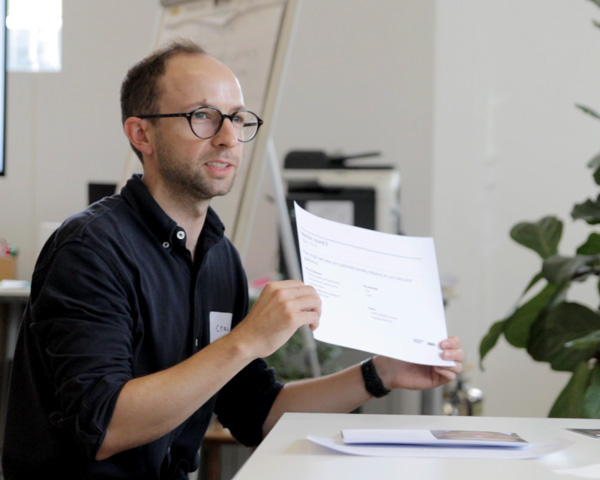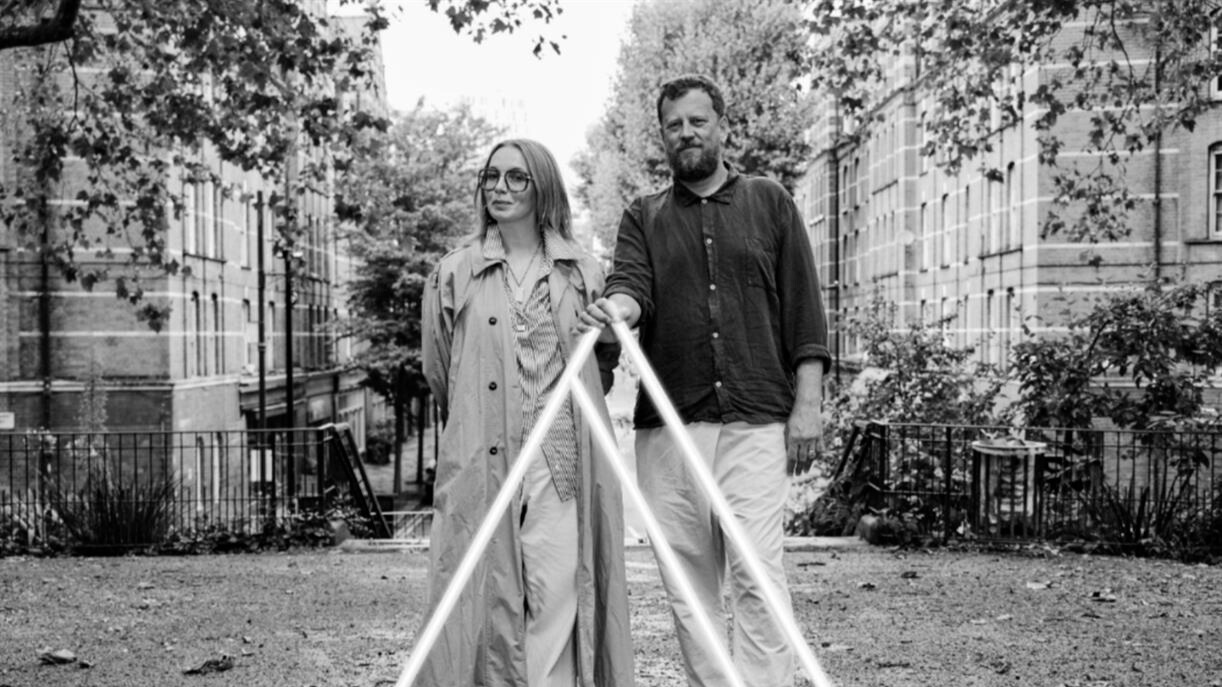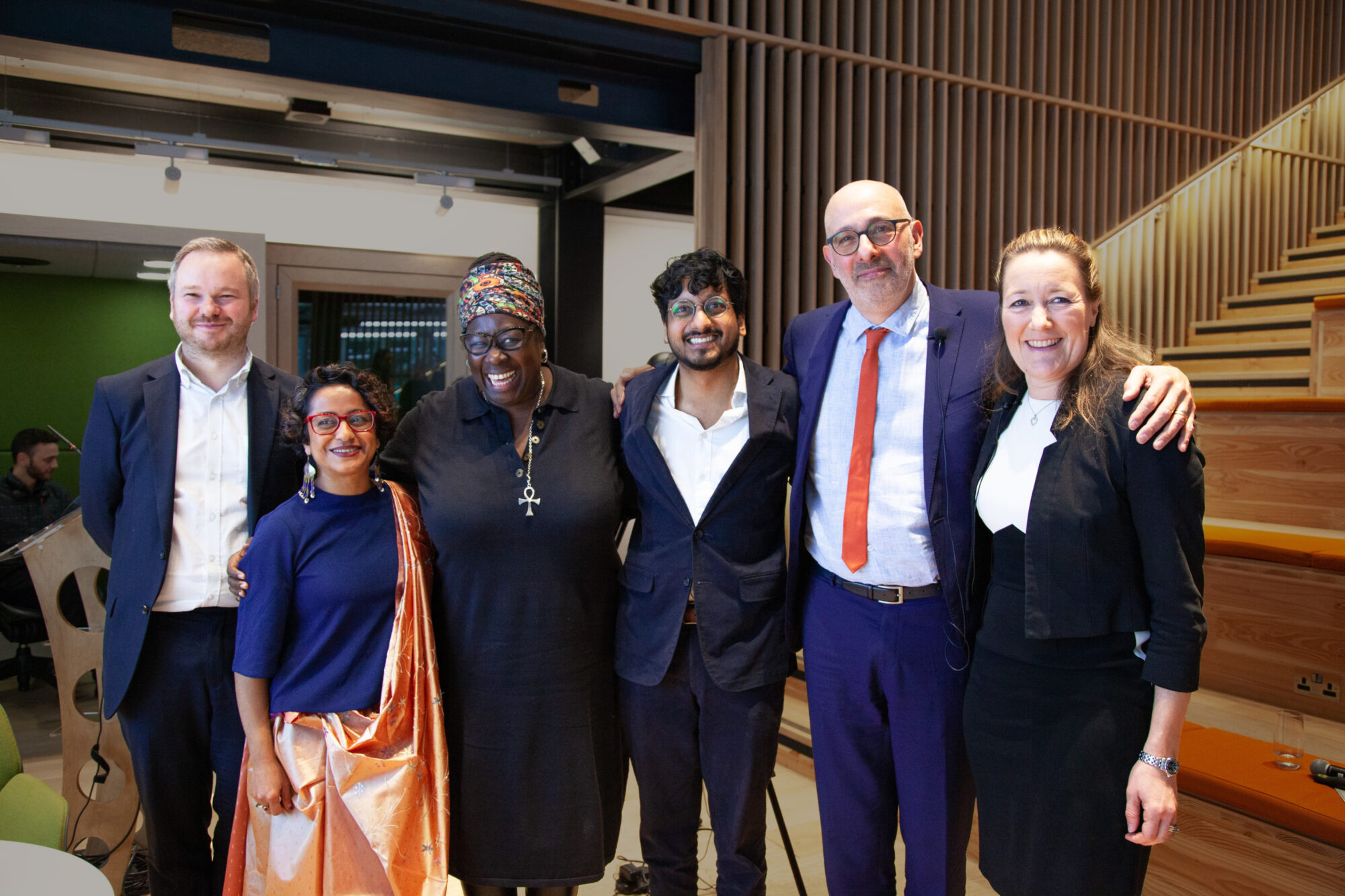
by Hayley Canning — Nov 30, 2017
Craig Tomkins joined us as a Senior Service Designer and is now our Head of Transport, facilitating courses and heading up many of our design consultancy projects, including our recent customer experience one with South Western Railway. In this 2017 interview we spoke with Craig on his life in the world of design.
So Craig, what sparked your love of design?
The thing that I’ve always loved is cars. The design of vehicles is something I’ve loved from being very small. That love of cars themed my education. At secondary school I took Product Design at GCSE and A-Levels because it was the closest I could get to car design. I was then able to go and study Car Design at the University of Huddersfield, UK. From there, my lecturer asked if I’d ever heard about service design, so I looked at the work the British Design Council had done, including case studies about Joe Ferry at Virgin Atlantic. It was from here that I got my obsession with services and experiences.
My major project at university was actually a business class rail carriage. While this focused on design it also took into consideration a lot of the service experience. That was my first exposure to the world of service design and design thinking.
After that I did a Masters in Service Design at the Royal College of Art in London. Being somewhere like that, you get inspired by a lot of great artists and designers. You also get a huge exposure to the industry; you get to know a lot of people and potential clients so you start doing junior projects. I built up relationships with Jaguar Land Rover and often worked on retail projects with Sainsbury’s.
I then became a Junior Service Designer at consultancy Engine. I was involved in a lot of work with airport and airlines, and also with Jaguar Land Rover again, carrying on that car/transport theme in my work.
What was interesting about going into the corporate world, was the appetite for design thinking wasn’t necessarily there already, so it was about instilling design thinking into people’s knowledge and teaching people the ways of design thinking with the methods and tools. It was almost like being a salesman for design thinking within the organisation.
Why do you think design thinking is important?
In my opinion, design is what differentiates brands from selling products and services. It’s how you stand out in a commodity market. So, if you’re selling high speed internet, once upon a time you would only have 1 person selling that, but now you’ve got multiple retailers such as Virgin Media and Sky. They’re all providing the same product, so in a world of competition, how do you differentiate yourself? design thinking solves this problem.
The original brand can’t sit comfortably and has to fight for customers and their loyalty, but this is where design thinking comes in. It enables brands to offer a point of difference, through providing experiences and complementary services that exceed the customers’ expectations. And those that do it well do so by understanding their customers’ own needs.
You have to look at the bigger picture and understand the pain points along the journey that the customer goes on, where you can insert services and create a really compelling experience that leads to joy in using a product.
What brand or sector do you think is doing it really well?
In terms of competition you have to look at couriers. They’re in a really unique place where it’s a very traditional service, but they’re using technology to absolutely maximise their efficiency. They’re using it in terms of logistics in a back-end perspective, but from a customer-facing perspective they’re able to track drivers and they’re able to give exact time frames for deliveries, they’re able to provide options about deliveries. It’s about creating something that’s flexible that the consumer can rely on.

What lead you to join DK&A/ Design Thinkers Academy London?
We’re not just designing for clients, leaving them with a blueprint and running off, we’re actually designing with them and empowering them to use design thinking methods and tools on their own. It’s not just about telling 1 or 2 people how to do it, it’s allowing them to empower the rest of the organisation and embed the mindset of design thinking further afield.
You often find that people who we work with directly end up being promoted within the business because they’re bringing new projects and a new way of thinking into the business, that leads to better results for the company.
It is the fact that we’re empowering and helping people, sharing knowledge, as well as working on really cool projects that led me to join Design Thinkers Academy London.
What are your goals?
You come to a company like this to work on really engaging projects, and things that are really fascinating from a design perspective and truly unique. We’re often not just evolving something, we’re starting from scratch or turning a new leaf in a client’s book. They’re very unique projects that you cannot get anywhere else really. We can add real value to that, so for me it’s to build up my own knowledge and experience of working on those types of projects.
It’s also about finding a place within the design industry. As a designer you’ve always got an ego, but it’s also good to find where is best to use it. I think to be able to move to that level would be pretty awesome. And that comes with teaching and helping others.
What do you enjoy when you aren’t working?
I’m a mega keen cyclist. If I’m not working, I’m on my bike. Cycling is obviously about fitness, but it’s also socialising and it’s the freedom you get on the bike that you don’t necessarily get at a restaurant or other type of place you might get together. You’ve got 3 or 4 hours to chat to the person next to you riding, and it’s a really nice way of breaking away from your usual environment of being at home or at work.

